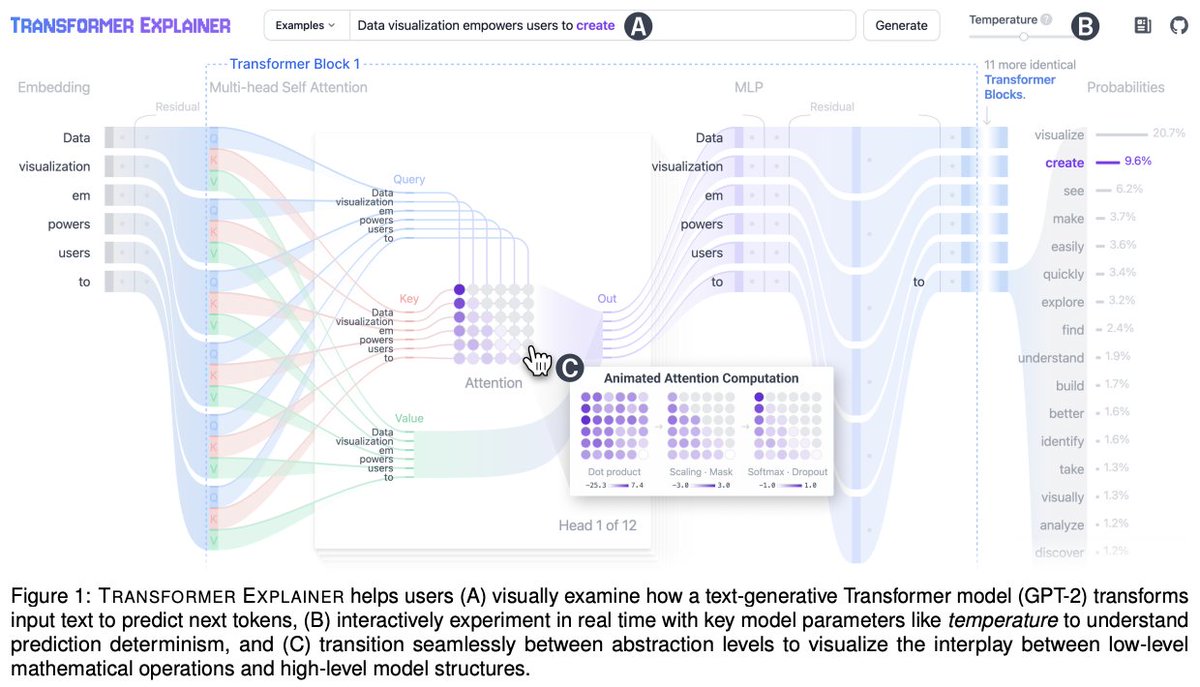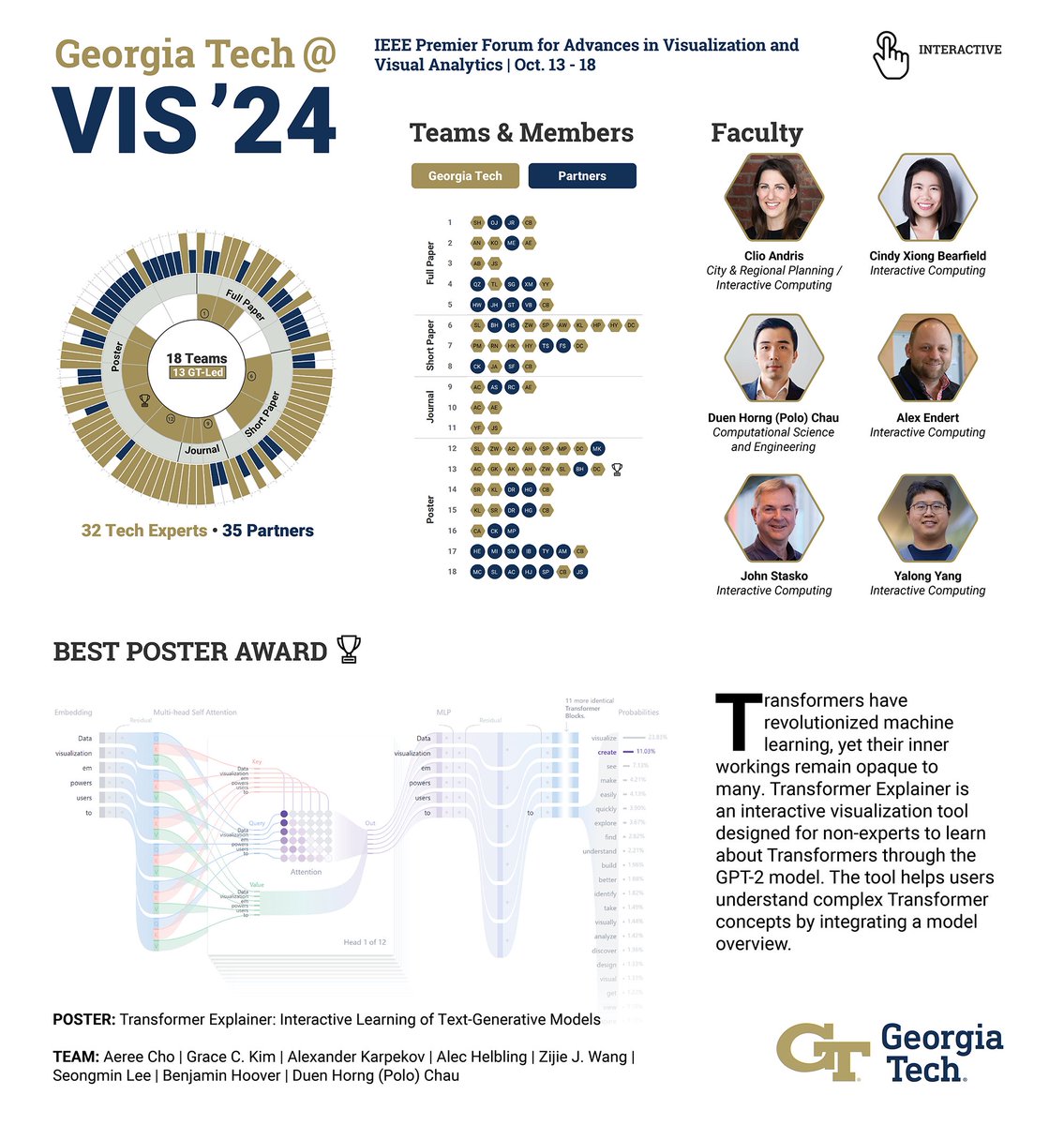
Duen Horng "Polo" Chau
@polochau
Prof @GeorgiaTech. @CarnegieMellon ML PhD & MS HCI. Assoc Dir, Masters of Science in Analytics. Covert designer, cellist, pianist
ID: 390233181
http://faculty.cc.gatech.edu/~dchau/ 13-10-2011 17:28:56
943 Tweet
2,2K Followers
656 Following

Students and alumni from Prof. Polo Chau's group (Duen Horng "Polo" Chau) are presenting Transformer Explainer next month at IEEE VIS! You can try the tool today and join the crowd of over 60,000 fellow users who are learning more about transformers through GPT-2! poloclub.github.io/transformer-ex…


😎 Our paper on the LLM safety landscape has been accepted at NeurIPS Conference 2024! #Safety #LLM #MachineLearning


CSE Prof. Duen Horng "Polo" Chau and his group are presenting two papers and two posters this week at IEEE VIS! Check out the interactive graphic 🔗👇 for a peek of all Georgia Tech research presented this week, including award-winning work on Transformer Explainer! public.tableau.com/views/VIS2024/…




Trustworthy machine learning focuses on building AI systems people can rely on: fair, transparent, secure, and aligned with human values. 🛡️ Learn more about our NeurIPS '24 joint research Georgia Tech & IBM Research , introducing the 'safety basin' concept, in the thread! 👇


🚀 Effective Guidance for Model Attention with Simple Yes-no Annotations Excited to share that I'll be presenting our recent work 🎨CRAYON🖍️ at IEEE Big Data soon! Catch me at 2pm in the Deep Learning II session!















